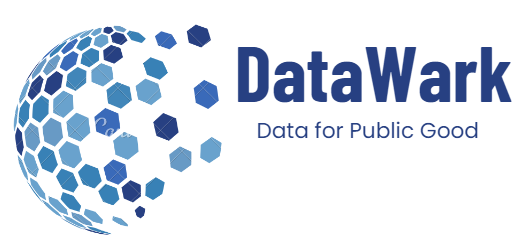In a world driven by data, transparency and equity are critical to addressing socioeconomic disparities. A prime example of this is the Cost of Living Adjustment (COLA) reporting, which plays a vital role in shaping public policy and determining how governments and institutions respond to changes in living standards. For Datawark, a company committed to harnessing data for community empowerment, COLA reporting is more than just a financial metric; it is a tool for social equity and a driver for informed decision-making.
Understanding COLA Reporting
The Cost of Living Adjustment (COLA) is a measure used to adjust income and benefits to keep up with inflation. Primarily affecting Social Security recipients, federal employees, and some pension beneficiaries, COLA ensures that people’s purchasing power remains consistent as the cost of goods and services rises. As housing, healthcare, and transportation costs increase, COLA adjustments are meant to align with these changes, providing necessary financial relief to those reliant on fixed incomes.
While COLA is often associated with Social Security, its impact is far-reaching, influencing everything from wage negotiations to public-sector budgeting. The significance of COLA reporting extends to state and local policymakers, community advocates, and institutions that serve vulnerable populations. For communities already struggling with economic hardships, accurate and timely COLA reporting ensures that assistance programs remain effective in countering the cost-of-living crisis.
Datawark’s Approach to COLA Reporting
At Datawark, we believe that COLA reporting is not just about adjustments to monetary benefits; it is a critical data point that can drive change in public policy and community well-being. By leveraging advanced analytics, machine learning, and localized data, we help communities, policymakers, and businesses understand the nuanced impact of COLA across different regions and demographics.
Datawark’s platform goes beyond traditional COLA metrics by incorporating additional data sources like income inequality indices, housing affordability rates, healthcare costs, and environmental factors. This holistic approach allows us to provide stakeholders with a more comprehensive understanding of how changes in the cost of living affect communities at the local level.
For instance, in regions where housing costs rise disproportionately to wages, COLA adjustments may not be enough to prevent economic displacement. By analyzing local housing data alongside COLA reports, Datawark helps cities and states develop more targeted housing assistance programs that address the root causes of economic inequality.
Enhancing Equity through Data-Driven Insights
A key part of Datawark’s mission is to empower communities with the tools to advocate for better policies. COLA reporting, when combined with other datasets, enables us to deliver insights that can guide local governments in making equitable decisions. For example, our platform can highlight disparities in how COLA adjustments affect urban versus rural areas, low-income families, or communities of color. These insights can then inform public initiatives such as rent control, minimum wage laws, or expanded healthcare access.
Moreover, Datawark’s COLA reporting also extends to organizations and institutions, providing a crucial resource for employee wage and benefits adjustments. In an era where inflation outpaces wage growth, understanding COLA’s implications is essential for ensuring fair labor practices and maintaining workforce morale.
Driving Impact at the Local Level
One of the key differentiators of Datawark’s approach is our focus on local-level data. National and state-level COLA adjustments often fail to capture the unique economic challenges faced by smaller communities. Through our platform, we help local governments and community organizations tailor their responses to the specific needs of their populations.
For example, our collaboration with community organizations in New Jersey has demonstrated how COLA data can be applied to address disparities in housing affordability. By combining COLA reports with neighborhood-level income data, we identified areas where housing costs were outpacing inflation, prompting local governments to initiate rent control policies and provide targeted assistance to struggling families.
The Future of COLA Reporting with Datawark
As we look to the future, Datawark is committed to expanding our COLA reporting capabilities to include predictive analytics that can forecast future cost-of-living trends. With advancements in artificial intelligence and machine learning, we aim to help policymakers and institutions anticipate changes in the economy and proactively address them before they exacerbate existing inequalities.
We are also working to democratize access to COLA data by making our reports more accessible to the public, community advocates, and smaller organizations that may not have the resources for sophisticated data analysis. By fostering an environment of transparency, we believe that COLA reporting can become a powerful tool for equity, helping underserved communities advocate for the support they need to thrive.
Conclusion
For Datawark, COLA reporting is more than a financial calculation; it’s a cornerstone of our mission to use data to create more equitable communities. By combining COLA reports with a wide range of social and economic data, we help policymakers and community organizations understand the full picture of how cost-of-living changes impact their constituents. Together, we can ensure that COLA adjustments truly serve the communities that need them the most, driving policies that promote financial stability and social equity.
As we continue to refine our platform, Datawark remains dedicated to empowering communities with the data-driven insights they need to advocate for change, improve well-being, and build a more equitable future for all.

Leave a Reply